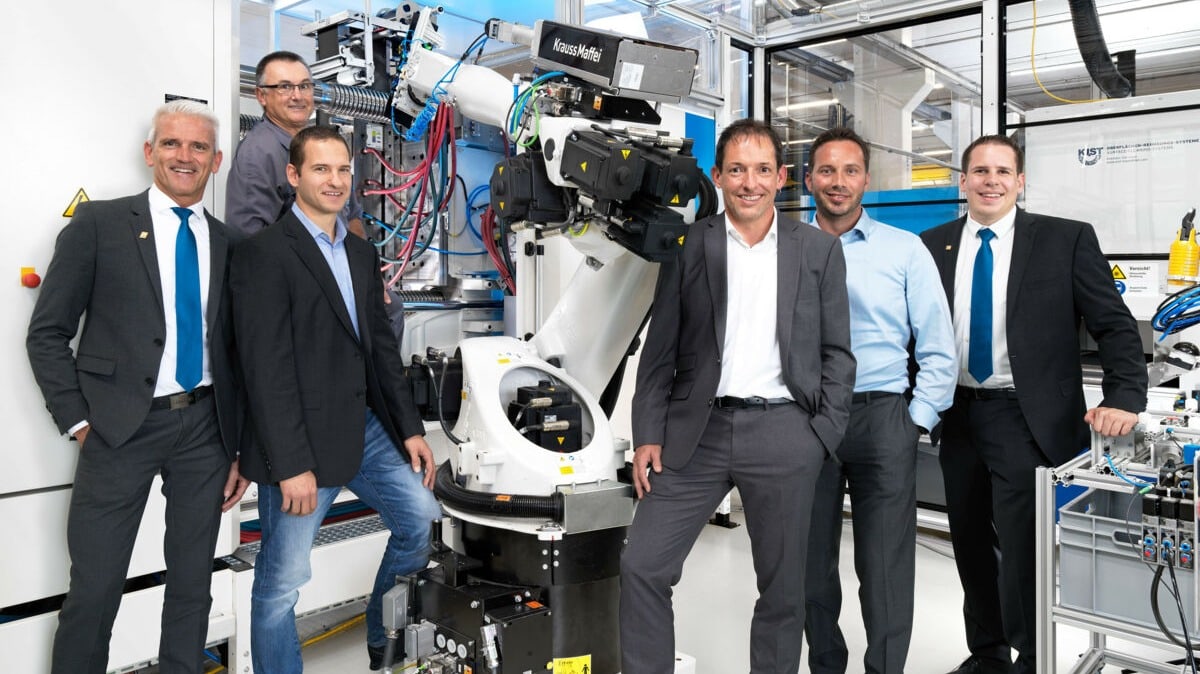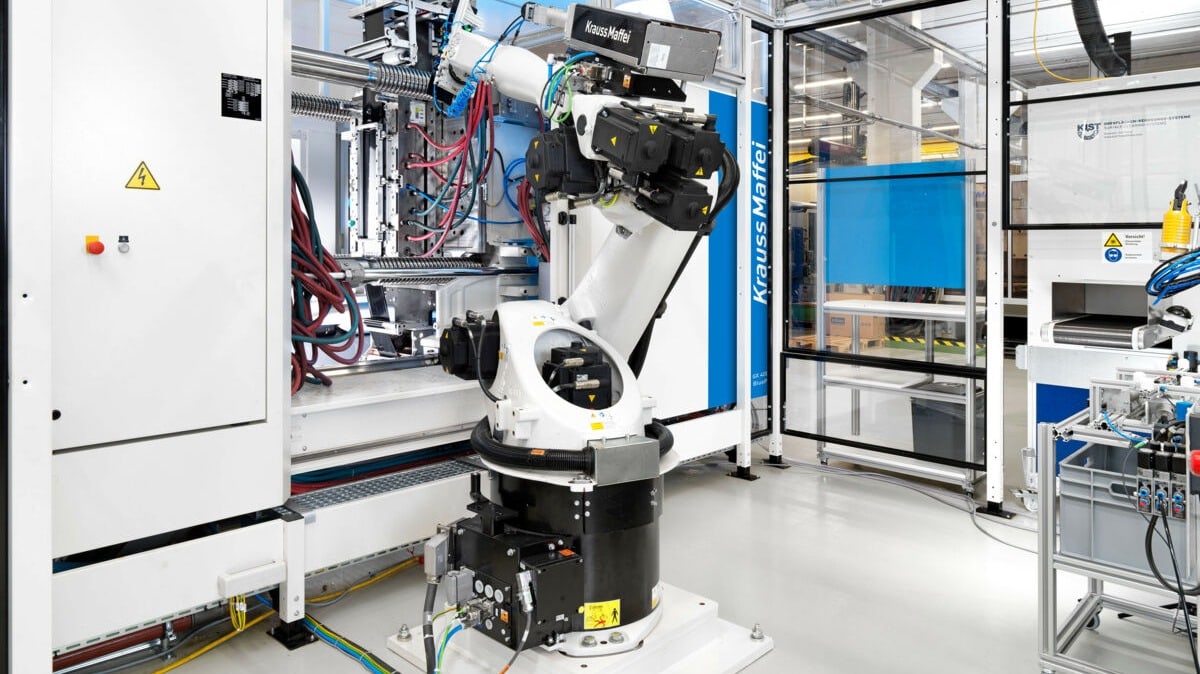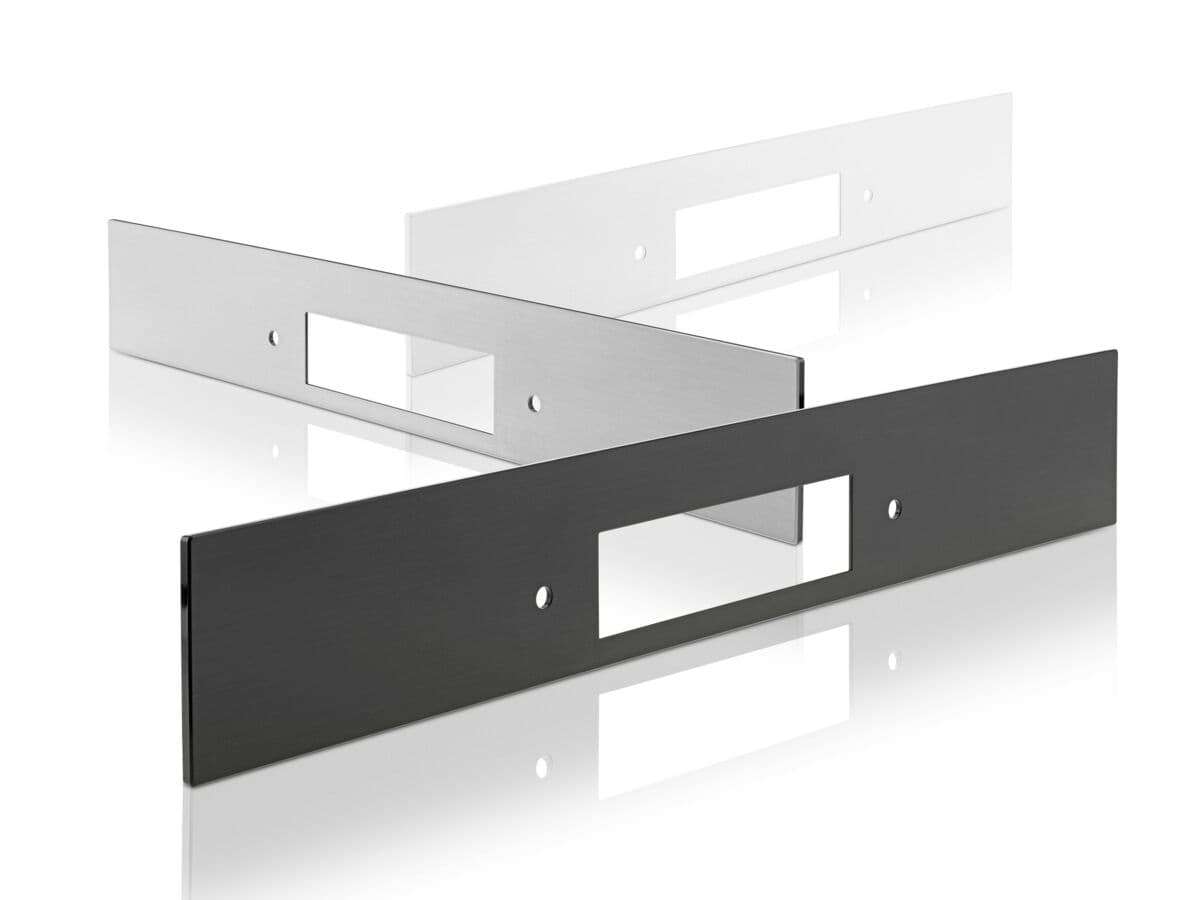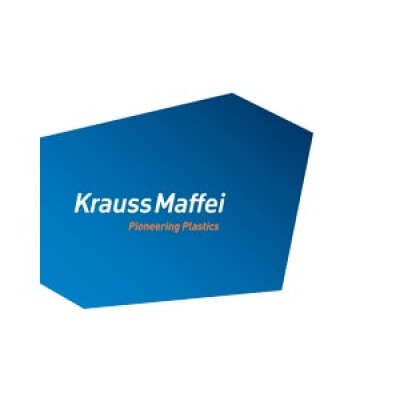Scratch-resistant kitchen decorations created in one process
A. & J. Stöckli AG produces high-quality injection molded components, among others for household items. To create design panels for an oven, the Swiss company relied entirely on KraussMaffei's system competence to implement IMD (In-Mold Decoration) technology.
A. & J. Stöckli AG (Netstal, Switzerland) produces high-quality injection-moulded components for household articles, logistics containers, technical mouldings and visible parts. The IMD technology was to be used for the first time as part of a customer project for the implementation of "designer panels for an oven". For Stöckli it was clear: In order to be able to ensure the tight schedule and the high component quality, the implementation of the new technology must be carried out correctly.
In the automotive sector, the shelf life of plastic parts immediately brings to mind orange juice or sunscreen tests, but it is easy to overlook the fact that the requirements in the kitchen are much higher. Above all, the chemical resistance should be mentioned here.
Dough quickly gets from your fingers to the front of an oven - and then proteins and fats act on the surface. In addition, detergents are harsher and are used more frequently.
Stöckli has been relying on KraussMaffei machines for years and operates 20 of them at its production site in Switzerland with clamping forces of 500 to 10,000 kN. For the implementation of the machine and system concept, Stöckli therefore also chose its long-standing partner, who together with film manufacturer Leonhard Kurz, planned the entire installation of the new system. The basis was a GX 400 with jointed-arm robot (IR 300 R2430 F/K); the latter was supplied as a package by the KraussMaffei Automation division, which also played a major role in the project.
Decor and scratch-resistant coating in one
The IMD process takes on two tasks for the component: It provides the decor and the scratch-resistant coating. To do this, a film passes through the mold and transfers its coating package to the part with each shot. To ensure that the part looks perfect afterwards, production must be as particle-free as possible. This is why a FlowBox is fitted to the GX. It uses laminar air flow to keep particles out of the mold area. In addition, the robot protection enclosure is closed at the top.
When the mold opens, the robot integrated in the MC6 machine control unit removes the cover, separates the sprue and feeds the article to the UV tunnel unit, where the scratch-resistant layer is given its final strength.
When designing the system, it was necessary to coordinate the interfaces of all components as closely as possible in order to offer Stöckli maximum ease of use with the new technology. There were mechanical and electrical interfaces to the Kurz drive unit, and the FlowBox, the UV tunnel and other actors also had to be connected.
The design of the two-platen machine GX makes it particularly suitable for integrating process steps such as IMD in the smallest of spaces, because there is plenty of space in the area of the ejector and the moving platen for the equipment for preparing and pulling the foils through. At the same time, the GX impresses with its high precision on the clasp side. This is necessary because the cover must be manufactured precisely and reproducibly within the narrow tolerance range so that it can be installed properly later. The combination of the robust GuideX guide shoe and the GearX fast locking system guarantees a secure form fit.
"The plant concept is optimally designed for our requirements and customer needs".
Andreas Pittermann, Head of the "Plastic Molded Parts" Division, A. & J. Stöckli AG
APC plus for more process stability
During the injection molding process itself, the APC plus machine function ensures that all components are filled with extraordinary consistency, thus ensuring perfect installation suitability. Based on the melt viscosity and preset material parameters, the machine controls the switchover point from filling phase to holding pressure from shot to shot. This is particularly helpful in the event of batch fluctuations and changing ambient conditions, or during production interruptions - for example, when IMD production is restarted after a production interruption.
To make the machine variable for different shot weights and dwell times, different injection units were used by means of adaptation. A mold changing system with magnetic clamping plates allows fast setup processes. Due to the well thought-out safety device, production can be carried out either with UV tunnel, conveyor belt or both deposit variants together.
For Stöckli, the cooperation with KraussMaffei as machine builder and system integrator had a double benefit.
Andreas Pittermann, head of the "Plastic Moulded Parts" division, emphasizes: "We were able to implement almost the entire system technology with just one contact partner. This was an important factor in implementing the demanding project on a very tight schedule and with a perfect result. The plant concept is optimally designed for our requirements and customer needs".
GX 1300: Flexible like no other
With their modular design, the injection molding machines of the GX series meet the requirements of the packaging and automotive industries as well as the injection molders of technical components in addition to the requirements of injection molded components for household goods.
As an example you will find two further application examples below:
1. the production of reusable crates, which are used for the transport and storage of a wide variety of goods. In the case of a reusable crate, which is intended to last for many years in the closed transport cycle of, for example, foodstuffs, fixed wall thicknesses are required in comparison to simple disposable crates. This requires a high material throughput with short cycle times.
2. in the production of large buckets, the GX series also offers the highest performance and maximum sustainability. These products require, above all, a large capacity with simultaneous stability, minimum material usage during production and smooth, flawless surfaces. The GX series scores with the Speed Option. In conjunction with GuideX, a precision guide with very low resistance even under high mold loads, the Speed Option ensures particularly fast shooting movements and reduces the cycle time for large opening strokes. The In-Mold-Labeling process (IML) also allows individual decorations to be economically integrated into the buckets.
Would you like to learn more about the GX series?
Contact us or visit our website to learn more about the many advantages of the GX Series.




